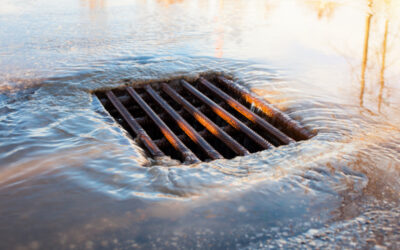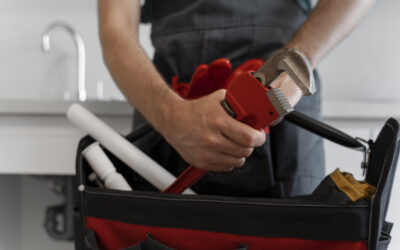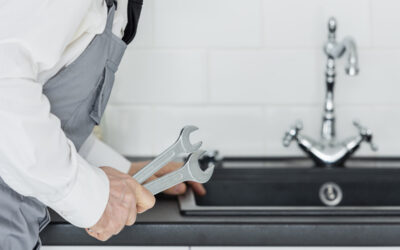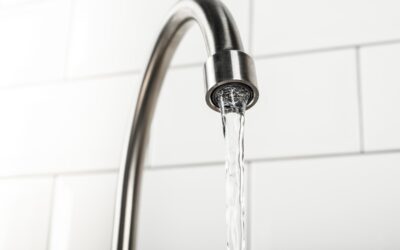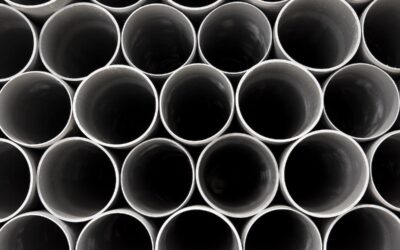As the cold winter months approach, it’s crucial to take proactive steps to protect your home’s plumbing system from the harsh temperatures. Frozen pipes can lead to costly and inconvenient plumbing issues. To prevent cold-weather disasters, consider these seasonal tips for winterizing your plumbing.
1. Insulate Exposed Pipes:
Inspect your plumbing system for exposed pipes, especially in unheated areas like basements, crawlspaces, and attics. Use pipe insulation or heat tape to wrap these pipes and provide an extra layer of protection against freezing.
2. Seal Any Leaks:
Check for and repair any leaks in your plumbing system promptly. Even a small, slow leak can lead to ice buildup and frozen pipes during the winter. Seal gaps and cracks in your home’s exterior to prevent cold air from infiltrating and affecting your indoor plumbing.
3. Disconnect Outdoor Hoses:
Disconnect and drain outdoor hoses, and shut off the water supply to outdoor faucets. Leaving hoses attached can cause water to back up into the pipes and freeze, potentially damaging both the hose and the plumbing.
4. Keep Indoor Faucets Dripping:
On particularly cold nights, allow a slow drip from indoor faucets. This keeps water moving through the pipes, reducing the likelihood of freezing. Focus on faucets along exterior walls and in colder areas of your home.
5. Add Insulation to Your Home:
Ensure your home is adequately insulated to maintain a consistent indoor temperature. This not only prevents frozen pipes but also reduces energy costs during the winter.
6. Service Your Water Heater:
Consider having your water heater serviced before winter. A well-maintained water heater operates more efficiently and can provide you with a reliable supply of hot water during the colder months.
7. Open Cabinet Doors:
Open the cabinet doors under sinks to allow warm air to circulate around the pipes. This can be particularly helpful for pipes located on exterior walls.
8. Know the Location of Your Main Shut-Off Valve:
In case of a plumbing emergency, such as a burst pipe, it’s essential to know the location of your main shut-off valve. Familiarize yourself with how to turn it off to stop water flow throughout your home quickly.
Taking these precautions before winter sets in can save you from the inconvenience and expense of dealing with frozen or burst pipes. By winterizing your plumbing, you can ensure a warm and worry-free season, even when the temperatures drop.

